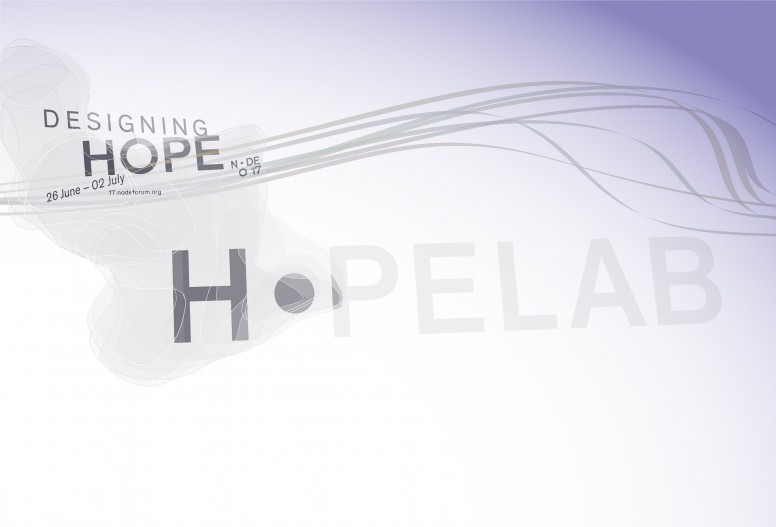Von Sebastian Oschatz
When preparing the symposium I have noticed a very euphoric feeling in many discussions about the topic of “Hope” – people want to hope, they long for hope, they do have a lot of hope. The eyes lighten up when mentioning hope. Hope is something like Home, I think Ernst Bloch said. At the same time, I often felt a hopelessness behind the facade – many decisions, developments, offers, products or tools do not exactly address the central hopes. And if the discussion turns to the obviously wicked problems like ecology, politics, war, climate, resources, diseases or starvation, the eyes go blank. No plans, no hope. At the same time, you can see everywhere: the – according to all established criteria – super short-sighted political offers generate some enormous hope.
At some point, it was clear to me that the subject is so important and deep that it is not possible to make a bunch of portfolio presentations at the symposium. Or to put some digital artists on stage which are allowed to raise any “critical” questions because of their social disposition – While the audience is left alone to solve the problems. I think it’s not so much about opening up more questions, but more about methodologies to solve the questions. So the journey was coming from art, technology and design to the foundations of design, and from here on the basics of communication, that is, physiology and neurobiology: the science of our brain and our body. This seems to me a well founded starting point. Questions like “How does hope arise”, “how does hope work in the mind”, etc. This is a well researched topic and from there, one has a foundation to ask the Why-questions, e.g, to better understand political communications, and to gain hope to tackle political issues. Politics are terribly complicated and almost all issues make me quite hopeless, as solutions are not clear and even if so nowhere in reach. At least that’s what they say.
Untangling these topics is in fact a question for designers: How do I design a hope-inducing communication as a sender of communication? How can I design my personal hope as a receiver of conflicting communication? These are two very simple questions, but they are surprisingly rare at the same time on the agenda. You will hear the first question in client-meetings in a brand-communication or advertising agency. You will hear the second in burnout-prevention seminars for the people working there. In journalism, there is an approach which brings these two questions together – the so-called “constructive journalism” which is based on neuroscientific foundations of how the brain works. This is important for political issues, but in fact the approaches of the constructive journalism are in my opinion relevant for any successful communication – I find it very exciting to apply these e.g in fine art or UX design.
Hope starts with the imagination of alternatives. So, developing a worldview without alternatives is a basic building block for hopelessness. If – imagine me as a policy maker – I would like to follow a particular plan without involving anyone, the design of a worldview without alternatives is a central building block of this endeavour. If I, as a journalist or artist, only document this particular worldview, then I replicate this hopelessness and lead the audience into disinterest and depression. Only the actual discussion of viable alternatives produces hope in the audience. And to come back to the previous question: Design as a discipline is fundamentally the choice between alternatives. If there are not ways to do things different, you can not design. So if there is no alternative on the agenda, you have to take care as a designer – because here, too, the fundamentals of your profession are in danger.

